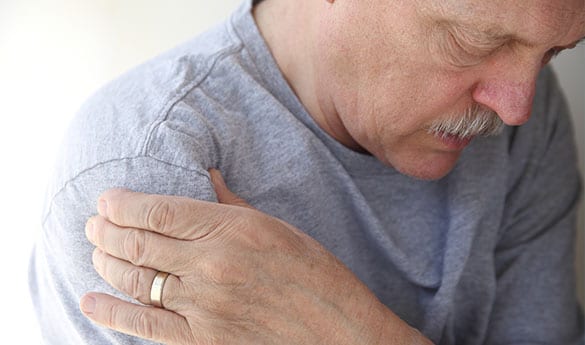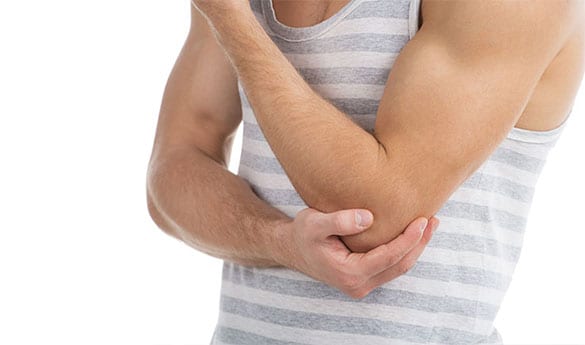
Effectively Treat Dislocated Joints with the help of LA Orthopedic Group
When an injury pushes the end of a bone out of its normal position, it’s a dislocation. Most injuries of this nature occur because of a hard impact, as is often the case with contact sports or a sudden fall on a solid surface.
- Major joints like shoulders, elbows, and knees are more likely to become dislocated
- Smaller joints like in fingers and toes may also slip out of place with pressure
- Any dislocation should be evaluated and treated promptly
CONTACT US TODAY
Why Dislocations Happen
Trauma, usually a fall, is the reason for most dislocations. Joints or bones may also slip out of place due to disease affecting specific parts of the bone. Some dislocations are the result of bone or joint deformities or conditions like arthritis that progressively affect bones. Frequent dislocations may be caused by hypermobility syndrome, a condition present at birth that causes joints to extend beyond a normal range of motion. While anyone may experience a dislocation, children, especially those active in sports, and older adults tend to be more susceptible to dislocations.
Signs of a Dislocation
Sharp pain, swelling, bruising, and an inability to move the affected joint are among the most obvious signs of a dislocation. Discoloration and redness may also appear in the affected area, or the dislocated bone will produce an odd shape that’s visible through the skin. Symptoms may also include:
- Pain triggered by certain movements
- A noticeable loss of motion
- Tingling sensations or numbness


Diagnosis and Treatment
Since dislocations may also result in fractures (broken bones), X-rays are often performed to confirm that a dislocation has occurred. Special image tests such as MRI scans are sometimes done to identify possible damage to nearby muscles, ligaments, tendons, and nerves.
The initial treatment for most dislocations is the RICE method, involving rest, ice, compression, and elevation. Joints sometimes go back into place after swelling has gone down. If this doesn’t happen, the dislocated joint will be put back into it’s normal position through repositioning or manipulation. Treatment may also involve immobilization of the affected joint after it’s placed back into position to allow supporting tissues to heal and medications such as muscle relaxants, pain-relievers, and anti-inflammatory drugs.
Surgical Options
Surgery is rarely required. It may be necessary, however, if there was damage to blood vessels in the affected area. Surgery might also be performed when dislocations are occurring repeatedly in the same location. Dislocated joints sometimes need to replaced if bones are slipping out of place due to structural damage to the joint itself. For example, older adults sometimes need a hip replacement when the joint is no longer stable enough to function or retain its proper position.
Some joints, like those in the shoulder and knee, are more likely to become dislocated again once they fall out of place. Rehabilitation that includes various physical therapy techniques may gradually increase the range of motion and strength of the affected joint enough to reduce the risk of it falling out of place. Dislocations can sometimes be prevented by wearing proper gear while playing contact sports and being cautious if you have a condition that may contribute to falls by removing fall hazards such as loose rugs from around your home.




